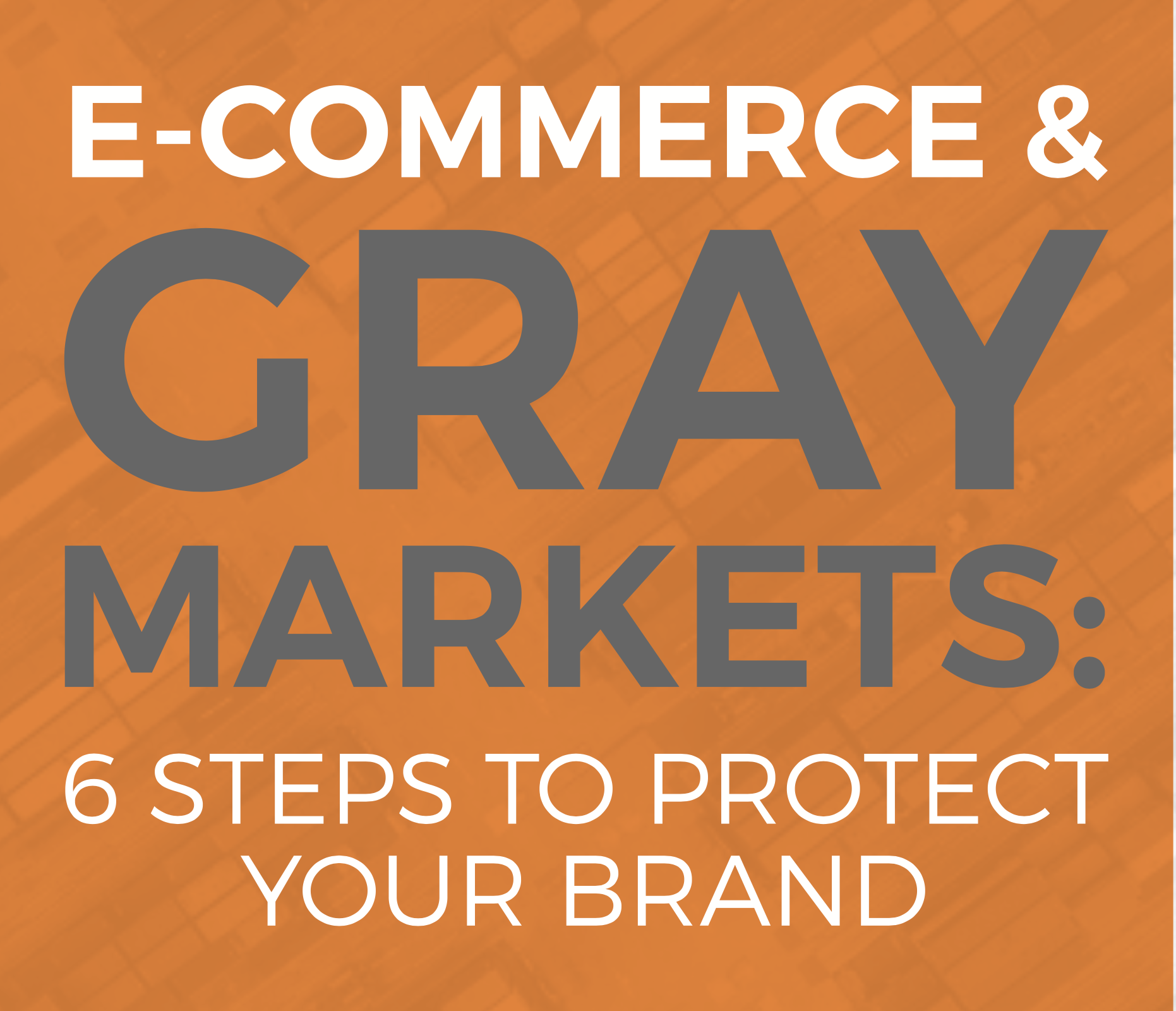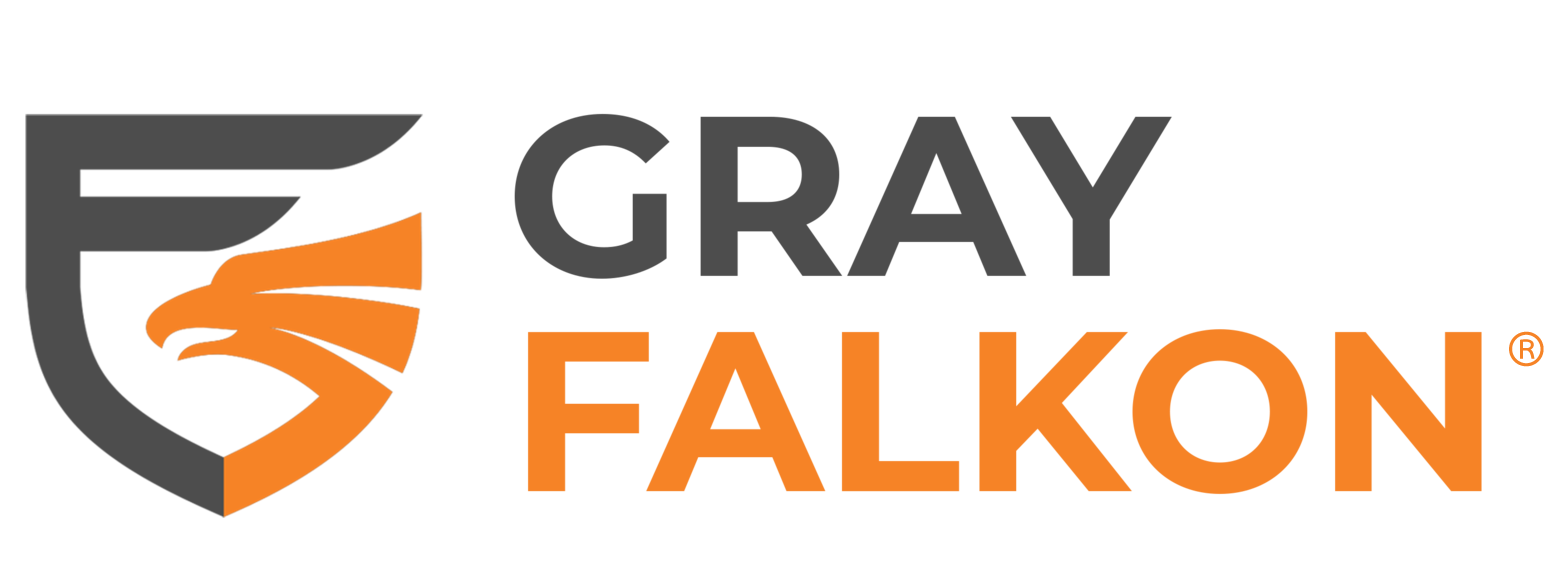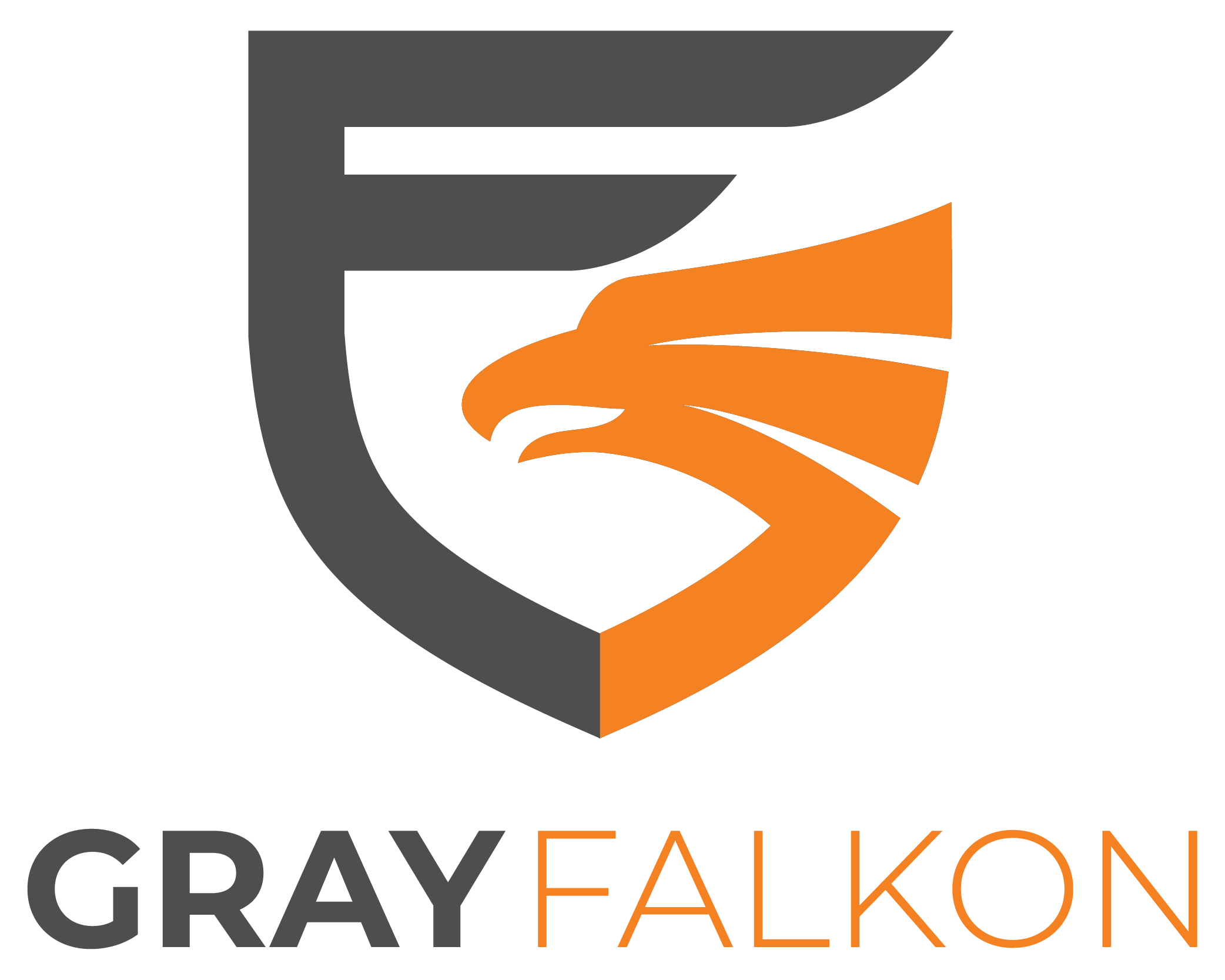
Falkon Focus: Channel conflict happens when unauthorized sellers and pricing violations online disrupt your authorized channels offline. It leads to price erosion, strained retailer relationships, and customer confusion, making it one of the most overlooked threats in eCommerce. True brand protection means preventing channel conflict with proactive monitoring, enforcement, and marketplace control.
For many brands, the biggest challenges aren’t always the most visible. Counterfeits and blatant knockoffs grab attention, but a quieter issue often causes more lasting damage: channel conflict.
Channel conflict happens when multiple sales channels, marketplaces, distributors, and retailers compete in ways that undercut each other. It’s not always obvious, and it doesn’t happen overnight. But when unauthorized sellers undercut pricing or when marketplace promotions clash with retail partners, the results ripple across your business.
The danger lies in its subtlety. A single pricing violation can strain relationships with authorized retailers. An unauthorized seller winning the Featured Offer or Buy Box can trigger price wars that erode your margins across channels. And inconsistent customer experiences online can undermine trust in your brand everywhere.
So what is channel conflict, how does it arise in marketplaces like Amazon and Walmart, and why should brand protection be more than removing unauthorized sellers?
What Is Channel Conflict?
At its core, channel conflict occurs when multiple sales channels, whether online or offline, authorized or unauthorized, compete in ways that harm a brand’s pricing integrity, partner relationships, or customer experience. In eCommerce, channel conflict is often fueled by the unique dynamics of marketplaces like Amazon and Walmart, where thousands of sellers compete for visibility. Unlike a controlled retail environment, brands can’t always dictate who sells their products, or how. Channel conflict typically shows up in a few distinct forms:
- Price Conflict: When unauthorized sellers or even aggressive resellers undercut pricing, violating Minimum Advertised Price (MAP) policies and triggering a race to the bottom.
- Territorial Conflict: When sellers list products in regions outside of a brand’s authorized distribution footprint, it creates tension with legitimate channel partners.
- Retailer Conflict: When online pricing and promotions clash with brick-and-mortar retail, undermining partner trust and creating inconsistent market positioning.
While it may sound abstract, channel conflict is anything but theoretical. It’s a day-to-day reality for brands selling in crowded online marketplaces, and without active management, it grows quietly until it becomes a full-blown business problem.
How Channel Conflict Arises in Marketplaces
Marketplaces like Amazon and Walmart are designed for accessibility. Any seller with inventory can create listings and compete for customer attention. While this model drives growth and selection, it also creates fertile ground for channel conflict.
Here are the most common ways it arises:
- Unauthorized Sellers Entering the Market: Products often leak into unauthorized channels through retail arbitrage, distributor diversion, or international trade. Once listed, these sellers compete directly against authorized partners.
- MAP Violations from Discounting: Aggressive discounting, especially during peak shopping events like Amazon Prime Day or Walmart+ Week, undercuts MAP policies and pressures other sellers to follow suit.
- Overlapping Promotions: Brands may plan brick-and-mortar promotions, only to see marketplace sellers run deeper discounts at the same time, creating tension with retailers who can’t compete.
- Listing Manipulation: Some sellers create duplicate ASINs, misleading bundles, or outdated listings. This not only creates confusion but also undermines consistency across channels.
- Lack of Visibility and Enforcement: Without clear monitoring, brands may not even realize channel conflict is happening until partners raise concerns or margins start slipping.
In marketplaces, channel conflict doesn’t require bad intent, just misaligned incentives. Sellers chase quick wins, but the long-term cost is borne by the brand in the form of strained relationships, lost control, and weakened trust.
What is the Impact of Channel Conflict on Brands?
Channel conflict may start with a single unauthorized seller or an isolated pricing violation, but its effects spread quickly. What looks like a small issue online often has broad consequences across every channel.
Here’s how channel conflict impacts brands:
- Price Erosion: Once one seller undercuts your pricing, others follow suit. This “race to the bottom” destroys pricing integrity and reduces margins across all channels.
- Damaged Retailer Relationships: Authorized retail and distribution partners expect pricing consistency. When marketplace sellers undercut them, it strains trust and makes those partners less willing to feature or promote your brand.
- Customer Confusion: Inconsistent pricing, product variations, or poor fulfillment from unauthorized sellers create friction for customers, undermining brand trust and loyalty.
- Lost Margin and Market Share: Even if total sales volume remains stable, brands lose profitability when more transactions flow through unauthorized sellers. Worse, these sellers divert sales away from trusted partners.
- Weakened Brand Equity: Over time, repeated pricing violations and inconsistent customer experiences dilute your brand positioning, making it harder to maintain premium value in the market.
Channel conflict is a silent drain, you may not see it in daily sales reports, but it eats away at long-term profitability and relationships that are far harder to repair than they are to protect.
Why is Channel Conflict Considered a Silent Threat
Unlike counterfeiting or other unauthorized and gray market activities, channel conflict often hides in plain sight. Sales might look steady, and customers may still be buying, but beneath the surface, your pricing strategy, retailer trust, and brand equity are eroding.
Here’s why it’s considered a “silent” threat:
- It builds gradually. One unauthorized seller undercutting MAP doesn’t seem catastrophic until more sellers join in and pricing collapses across channels. The first violation isn’t the real problem – it’s what comes after that creates bigger problems.
- It’s easy to miss. Brands focused on short-term sales numbers may overlook the warning signs until retail partners start raising concerns.
- It undermines from within. Because products are authentic, many brands don’t treat gray market activity with urgency. But the long-term consequences, including strained partnerships, margin loss, and customer confusion, are just as damaging.
- It spreads quickly. Once conflict begins in one channel, it often spills into others. A price cut on Amazon, for example, can ripple into Walmart, eBay, and even brick-and-mortar retail.
The danger isn’t just that channel conflict hurts – it’s that it does so quietly, making it one of the most overlooked brand protection challenges in today’s marketplace environment.
Preventing and Managing Channel Conflict
The good news is that channel conflict can be contained if brands take a proactive approach. Waiting until relationships are strained or margins collapse makes recovery far more difficult. Prevention and early intervention are key. Practical steps to reduce and manage channel conflict include:
- Implement an Authorized Reseller Program: Clearly define who is allowed to sell your products, under what conditions, and in which channels. An authorized reseller program protects retail partners, ensures consistent customer experience, and make enforcement easier when unauthorized sellers appear.
- Maintain Clear Distribution Contracts: Contracts with distributors and partners should outline sales territories, resale restrictions, and compliance obligations. Strong contracts, paired with active enforcement, close loopholes that unauthorized sellers exploit.
- Use Channel Segmentation: Differentiate product lines, SKUs, or bundles across direct, retail, and marketplace channels. Channel segmentation minimizes overlap, reduces channel conflict, and ensures each partner has a clear role.
- Establish and Enforce MAP Policies: Minimum Advertised Price (MAP) agreements are your first line of defense. Consistently enforcing MAP keeps pricing aligned across all channels and discourages unauthorized sellers.
- Audit Marketplaces Regularly: Review Amazon, Walmart, eBay, and other platforms for unauthorized sellers, duplicate ASINs, and suspicious bundles. Early detection prevents problems from spreading.
- Identify and Address Distribution Leaks: Many gray market sellers get inventory from retail arbitrage, diverted supply chains, or even just returns from marketplace orders. Pinpoint leaks and close gaps to limit unauthorized product flow.
- Use Marketplace Tools Strategically: Programs like Amazon Brand Registry and Walmart Brand Portal can help flag violations, but they should be paired with a broader enforcement strategy.
- Maintain Transparency with Retail Partners: Open communication with authorized distributors and retailers builds trust. Share your enforcement actions so partners know you’re protecting them.
- Strengthen Monitoring and Enforcement: Continuous monitoring combined with fast, consistent enforcement is essential. Remove violators quickly to prevent price erosion, protect brand integrity, and signal to partners that your brand values control and consistency.
- Act Fast: Unauthorized sellers thrive on delay. Rapid enforcement against violators prevents price erosion and signals to partners that your brand values control and consistency.
Managing channel conflict isn’t just about protecting your marketplace presence, it’s about preserving the integrity of your entire sales ecosystem.
Gray Falkon’s Brand Protection: Resolving Channel Conflict at the Source
The more brands invest in building multi-channel sales strategies, the more critical it becomes to prevent those channels from working against each other. That’s where Gray Falkon comes in.
Our Full Deployment brand protection solution is designed not just to monitor and report, but to take action, ensuring unauthorized sellers and policy violations don’t erode pricing integrity or damage your retail partnerships.
Always-On & Real-Time Monitoring
Our AI-powered technology continuously scans Amazon, Walmart, and other major marketplaces. Unlike passive monitoring tools, we deliver full visibility into who is disrupting your brand.
Marketplace Engagement & Enforcement
Once violations are detected, our system automatically generates and submits marketplace-compliant violation reports, ensuring:
- Faster takedowns
- Consistent documentation
- Reduced workload for your internal teams
That means a significant reduction time to resolution, increased chances of removal, and eliminates the burden of manual reporting from your internal team.
Policy-Backed Letters That Command Attention
Before AI ever enters the picture, our Brand Success Strategists craft customized seller letters rooted in marketplace policy and backed by proof. These letters set the tone – establishing authority, making compliance expectations clear, and signaling that your brand takes control seriously.
Falkon Connect: AI-Powered Seller Engagement
Falkon Connect adds another layer of automation and intelligence to protect your brand. It:
- Communicates with unauthorized sellers at scale
- Collects sourcing information to trace distribution leaks
- Encourages voluntary compliance with marketplace policies
- Operates 24/7, across languages and time zones
This persistent, consistent engagement helps resolve channel conflict before it escalates.
Cross-Platform Protection
Channel conflict isn’t confined to one platform. That’s why Gray Falkon provides protection across Amazon, Walmart, and other marketplaces, ensuring pricing, positioning, and customer experience remain consistent wherever shoppers find your products.
Marketplace Brand Protection Portal
Full Deployment clients gain access to Gray Falkon’s Marketplace Brand Protection Portal, a centralized dashboard suite that translates enforcement activity into actionable insights:
- Overview Dashboard: Track sellers removed, listings cleaned, and suppressed sales volumes across regions.
- Products Dashboard: Identify which ASINs face the highest risk and measure the impact of enforcement.
- Sellers Dashboard: Monitor seller behavior, including repeat offenders and shifting strategies.
- And more
Channel conflict doesn’t resolve itself. With Gray Falkon, you gain the visibility, enforcement, and automation needed to preserve pricing integrity, protect your retail relationships, and maintain true marketplace control.
Protect Online to Protect Everywhere
Channel conflict may start on marketplaces, but its impact is felt far beyond Amazon or Walmart. When unauthorized sellers undercut pricing or violate policies online, the consequences extend into brick-and-mortar retail, distribution agreements, and even customer trust. That’s why brand protection isn’t just an eCommerce concern – it’s a business concern. If your online channels are unstable, your offline partnerships will feel the effects.
The solution is clear: protect your marketplace presence proactively. By combining monitoring, enforcement, and AI-driven automation, brands can prevent channel conflict before it damages both margins and relationships.
At Gray Falkon, we give brands the tools to maintain marketplace integrity, strengthen retailer confidence, and preserve long-term brand equity. Because when your brand is protected online, it’s protected everywhere. Schedule a demo today and see how Gray Falkon can help protect your brand on and off the marketplaces.



